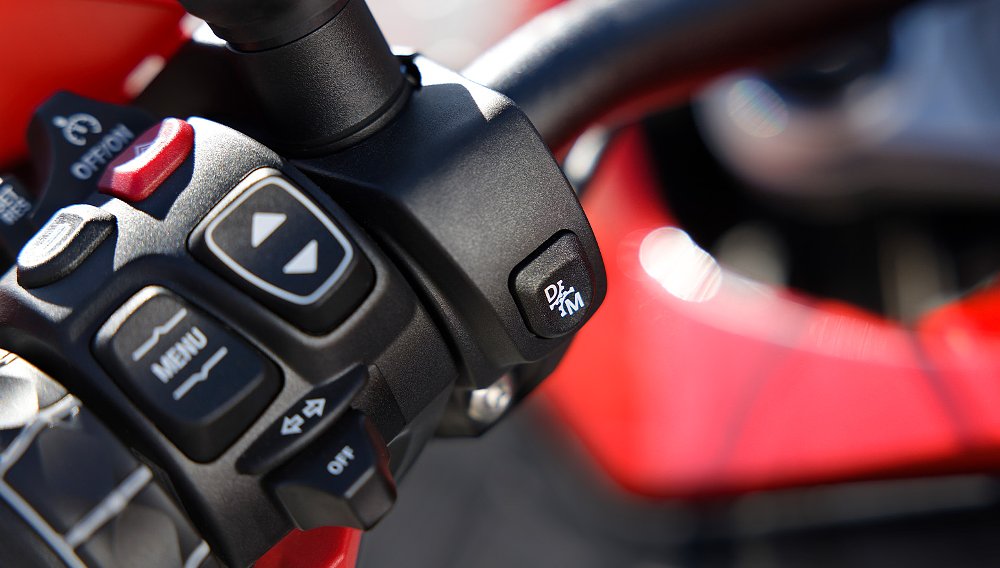BMW seemingly perfected the formula for its range-topping GS Adventure trim. Take the flagship GS model, slap on a gargantuan gas tank, increase the suspension travel, bolt on some crash bars, and you have yourself a GSA. BMW did just that with the 2025 R 1300 GS Adventure, but this time around, the Bavarians have a few more tricks up their sleeves.
With the exception of their massive fuel cells, past GSAs were aesthetically aligned with their smaller (if only slightly so) brethren. As opposed to the R 1300 GS’s sleek redesign and svelte figure, it’s clear that the GSA embraces its chonky proportions in 2025.
Body positivity isn’t the only way the GS Adventure forms its own identity. Model-specific upgrades and accessories also differentiate the travel-friendly variant, including the option of BMW's automatic transmission. Before diving into those differences, it’s worth identifying what the GSA shares with its sibling, the standard GS.
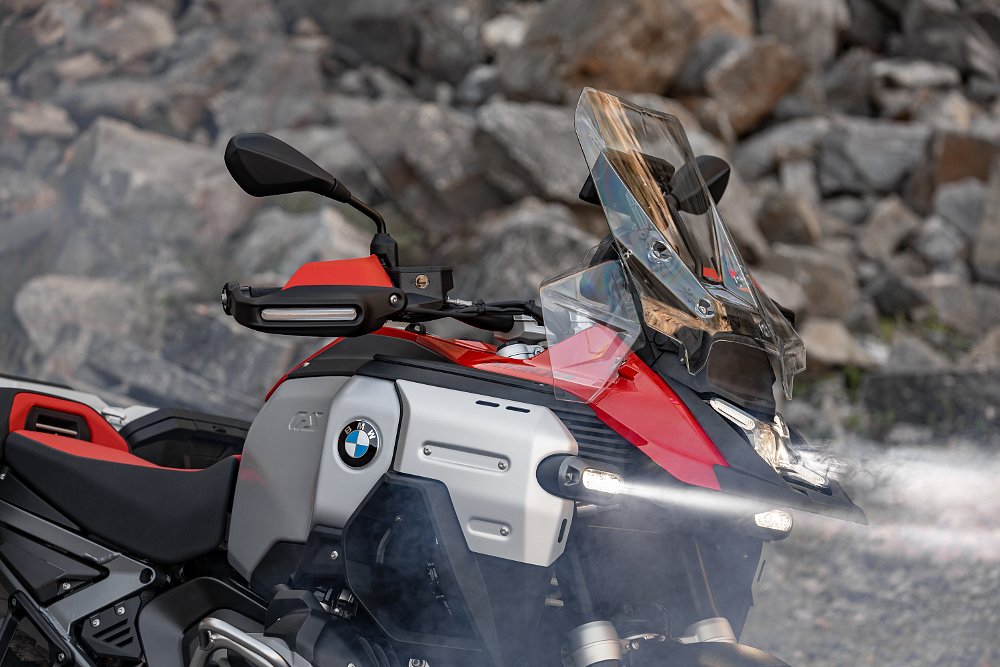
Common ground
In 2024, BMW overhauled the boxer engine at the heart of the R 1300 GS. A new crankshaft shortened its stroke from 76 mm to 73 mm. The cylinder bore grew from 102.5 mm to 106.5 mm. The capacity rose from 1,254 cc to 1,300 cc. Its output increased as well, with BMW claiming 145 horsepower (at 7,750 rpm) and 110 foot-pounds of torque (at 6,500 rpm).
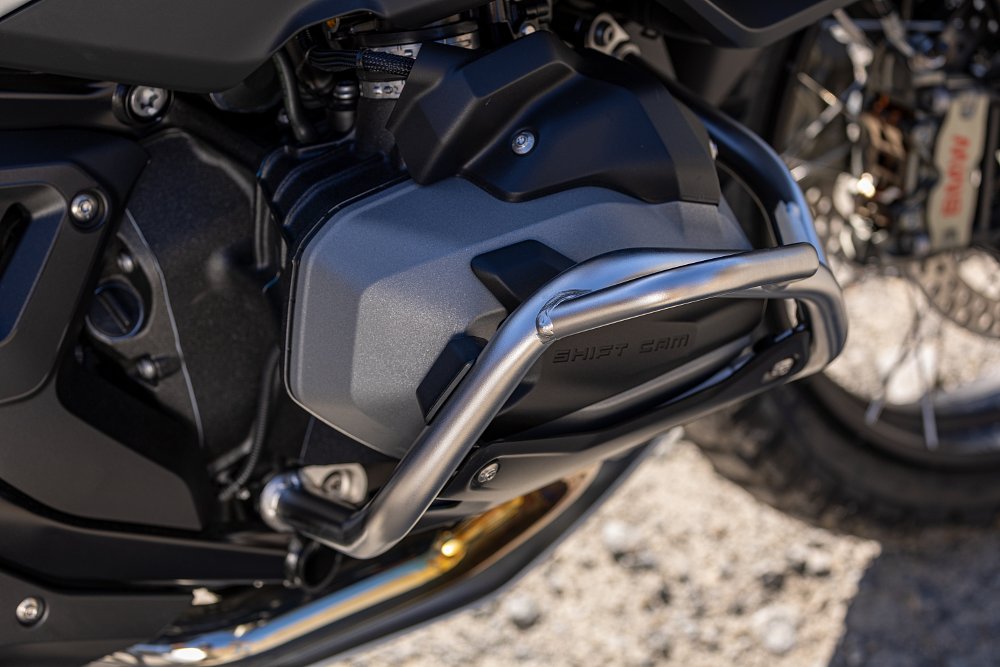
BMW engineers didn’t just improve the boxer’s performance. They also cut its weight. By relocating the six-speed transmission under the engine (previously aft-mounted), the team could install shorter transmission shafts, which cut the mill’s weight by 8.6 pounds. That same opposed-twin remains unchanged in the R 1300 GS Adventure.
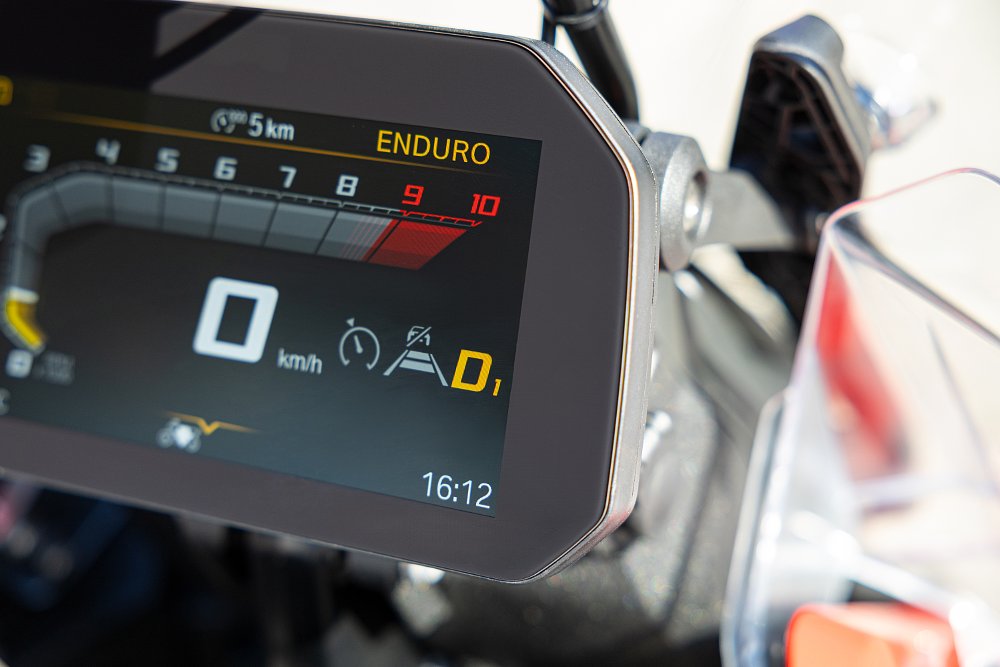
That new boxer resides within an even newer frame. Instead of tubular steel units of past GSs, the latest-gen model leverages a sheet metal shell frame and die-cast aluminum subframe. Like the base model, the 2025 GSA sports BMW’s EVO Telelever front end and Paralever rear suspension, but its long-travel setup boosts front spring travel to 8.3 inches (R 1300 GS: 7.5 inches), rear travel to 8.7 inches (R 1300 GS: 7.9 inches), and the two-setting seat height to 34.3 or 35 inches (R 1300 GS: 33.5 inches). The GS Adventure continues on its own path from there.
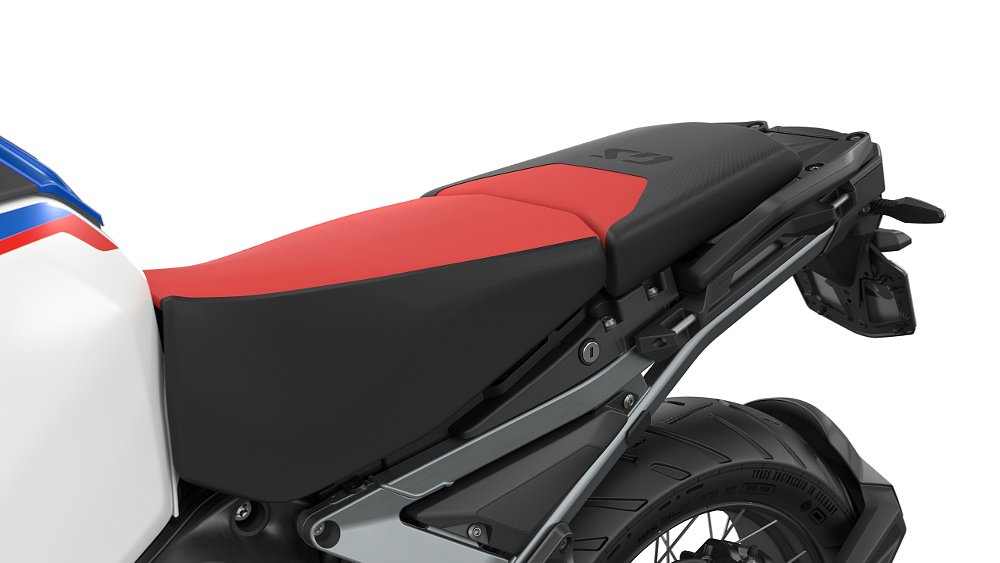
Built different
The extra-large GS historically served long-distance travelers, and BMW equips the 2025 model as such. If there are any doubts, the 7.9-gallon aluminum fuel tank, heated grips, luggage racks, center stand, and adjustable tall windscreen lay them to rest. The steering stabilizer, tire pressure monitor (TPM), device-charging compartment, 12-volt power socket, and Intelligent Emergency Call system are just the frosting on the cake. Should the route tread off-road, the GSA's cross-spoke wheels, engine guards, and skid plate prepare it for light trail work.
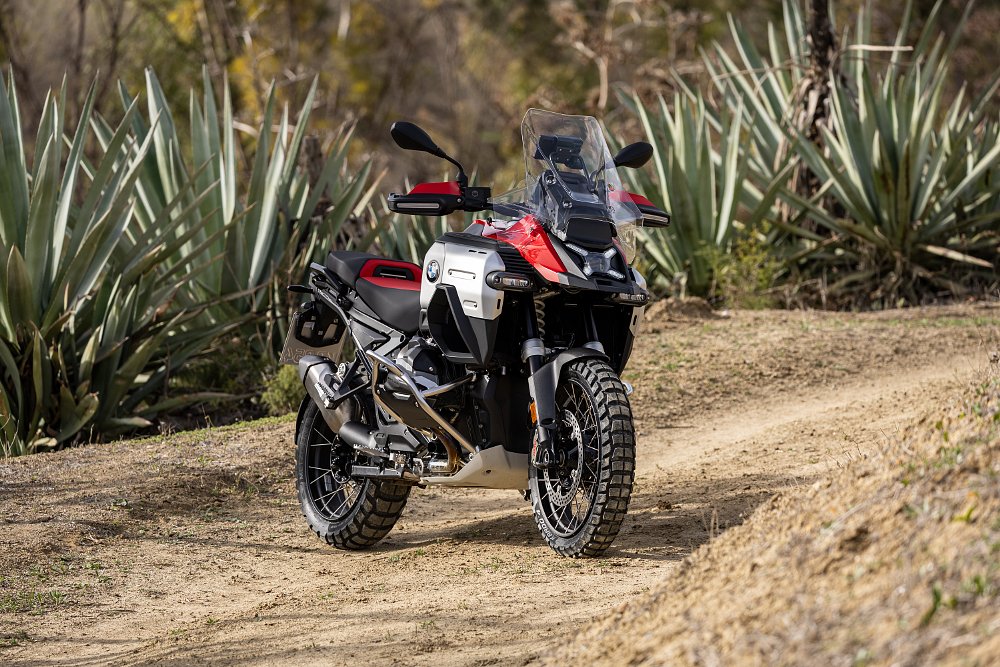
It’s the model’s accessories that truly take it to the next level, though. BMW’s Automated Shift Assistant (ASA) makes its debut as an option on the R 1300 GS Adventure. The system fully automates gear shifts in ‘D’ mode while ‘M’ mode allows riders to grab gears with the shifter pedal (ASA units aren’t available with a clutch lever). ASA is far from the only high-tech add-on in the GSA’s catalog too.
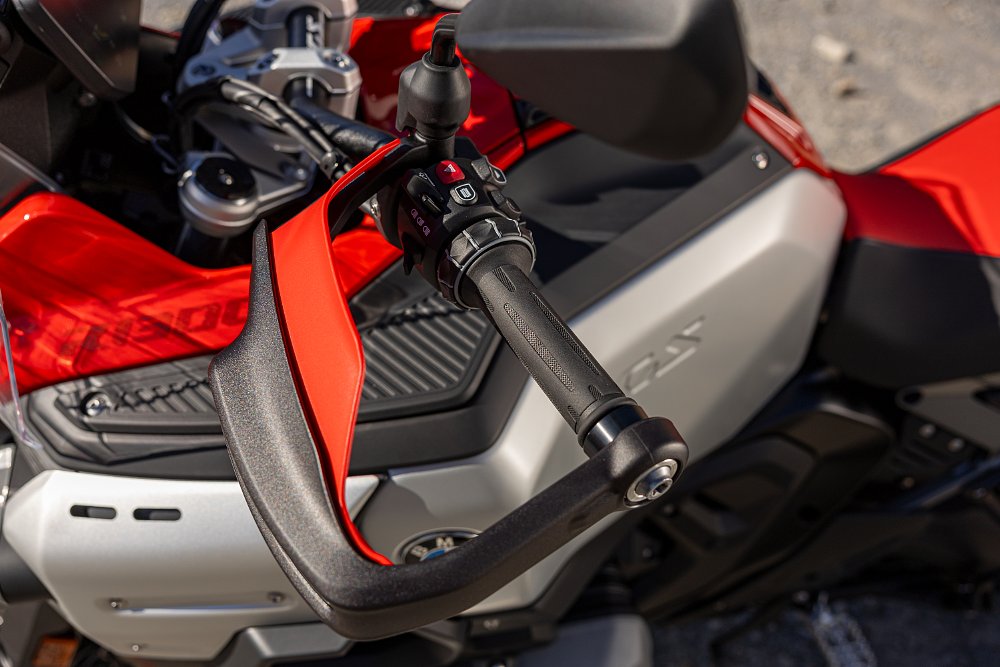
Similar to Harley-Davidson’s Adaptive Ride Height (ARH) technology, BMW’s Adaptive Vehicle Height Control (AVHC) lowers the bike’s seat height as it approaches a stop. In standard form, AVHC drops the GSA’s seat by 1.2 inches, from 34.3 or 35 inches when riding, depending on which seat height setting the rider has chosen, to 33.1 or 33.8 inches as the motorcycle comes to a stop. The Comfort version still sinks the seat by 1.2 inches when stationary, but it also lowers the suspension by 0.8 inches overall. When outfitted with AVHC Comfort, the GS Adventure’s seat height rides at 33.5 or 34.2 inches and lowers to 32.3 or 33 inches.
Customers can also upgrade to BMW’s Electronic Dynamic Suspension Adjustment (DSA), if electronically adjustable suspension is on their shortlist.

BMW expects the first R 1300 GS Adventure units to roll into North American dealerships in Q4 2024. Unfortunately, the Munich marque will only reveal pricing information at a date closer to the model’s market launch.
| 2025 BMW R 1300 GS | |
|---|---|
| Price (MSRP) | TBA |
| Engine | 1,300 cc, air and liquid-cooled, four-valve, opposed twin |
|
Transmission, final drive |
Six-speed, shaft |
| Claimed horsepower | 145 @ 7,750 rpm |
| Claimed torque | 110 foot-pounds @ 6,500 rpm |
| Frame | Steel, two-section, with bolt-on rear frame |
| Front suspension | BMW EVO Telelever, adjustable for preload and damping; 8.3 inches of travel |
| Rear suspension | BMW EVO Paralever, adjustable for preload and damping; 8.7 inches of travel |
| Front brake | Dual radial-mount four-piston calipers, 310 mm discs with ABS |
| Rear brake | Two-piston caliper, 285 mm disc with ABS |
| Rake, trail | 26.2 degrees, 4.7 inches |
| Wheelbase | 60.4 inches |
| Seat height | 34.3/35 inches |
| Fuel capacity | 7.9 gallons |
| Tires | 120/70R19 front, 170/60R17 rear |
| Claimed weight | 593 pounds |
| Available | Q4 2024 |
| Warranty | 36 months |
| More info | bmwmotorcycles.com |

 Membership
Membership









